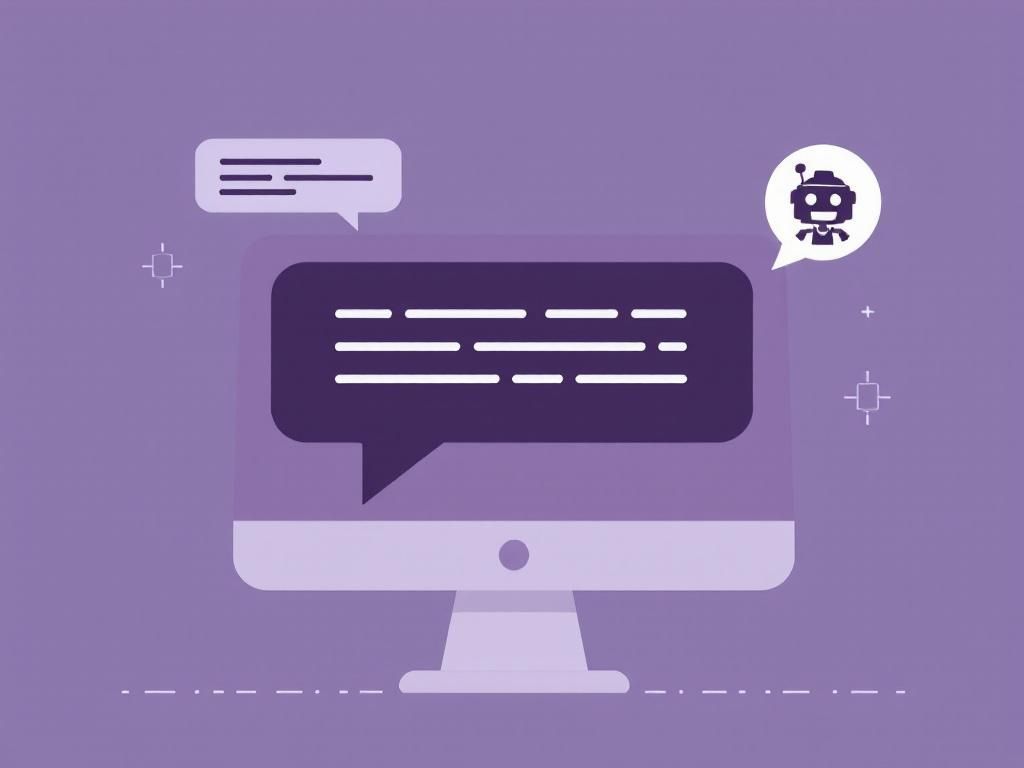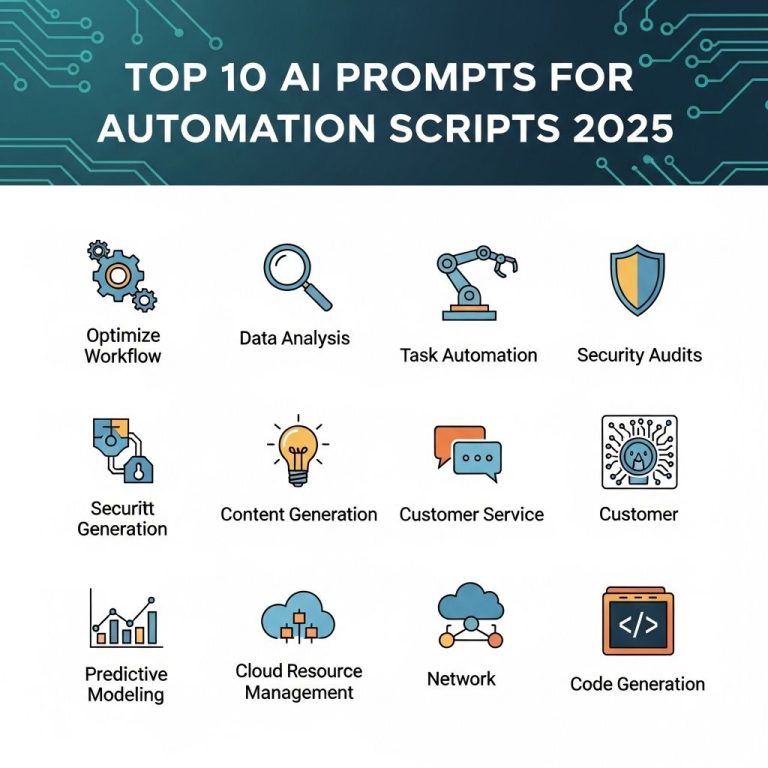In an increasingly globalized world, chatbots have become essential tools for businesses, facilitating communication with customers across different languages and cultures. As we venture into 2025, the demand for multilingual chatbots is surging, driven by the need for personalized user experiences. This article explores various multilingual frameworks available for chatbot development, their benefits, and how you can leverage these technologies to enhance your chatbot’s capabilities.
Understanding Multilingual Chatbots
A multilingual chatbot is designed to understand and communicate in multiple languages, providing users with the ability to interact in their preferred language. This capability not only improves user satisfaction but also expands the reach of businesses to international markets. Key features of multilingual chatbots include:
- Automatic language detection
- Support for multiple languages
- Natural Language Processing (NLP) capabilities
- Personalization based on user preferences
Key Benefits of Implementing Multilingual Frameworks
Implementing multilingual frameworks in your chatbot can yield significant advantages:
1. Enhanced User Engagement
By communicating in the user’s native language, chatbots can foster deeper connections and improve user engagement.
2. Broader Market Reach
Multilingual chatbots allow businesses to tap into new markets, catering to diverse demographics.
3. Improved Customer Satisfaction
Responding to queries in a user’s preferred language leads to better customer experiences and satisfaction.
Top Multilingual Frameworks for Chatbot Development
As the landscape of chatbot technologies evolves, several frameworks have emerged as leaders in multilingual support. Below are some of the most prominent frameworks for developing multilingual chatbots in 2025:
1. Rasa
Rasa is an open-source machine learning framework that enables developers to build contextual chatbots. Its multilingual capabilities are powered by:
- Customizable NLU pipelines
- Language support through specific components
- Integration with translation services
2. Microsoft Bot Framework
This framework provides tools to create, test, and publish chatbots across multiple channels. Key features include:
- Language understanding with LUIS (Language Understanding Intelligent Service)
- Built-in translation capabilities
- Support for various programming languages
3. Dialogflow
Google’s Dialogflow offers robust support for multilingual chatbots, allowing you to manage intents and responses in different languages. Advantages include:
- User-friendly interface for managing languages
- Automatic translation integration
- Rich natural language processing
Implementing Multilingual Support: Step-by-Step Guide
Integrating multilingual support into your chatbot involves several crucial steps:
Step 1: Identify Target Languages
Analyze your audience to determine which languages are most relevant. Consider:
- Demographics
- Geographic location
- User preferences
Step 2: Choose the Right Framework
Select a multilingual framework that meets your specific needs. Consider factors such as:
- Ease of use
- Community support
- Integration capabilities
Step 3: Design Language Models
Create language models for each target language. This includes:
- Defining intents and entities
- Creating sample dialogues
- Training the model for accuracy
Step 4: Implement Language Detection
Integrate automatic language detection to ensure smooth user interactions.
Step 5: Test and Iterate
Conduct thorough testing for each supported language, gathering feedback and making necessary adjustments.
Challenges in Multilingual Chatbot Development
While the benefits are substantial, developers may face several challenges when building multilingual chatbots:
1. Contextual Understanding
Ensuring that the chatbot understands context across different languages can be complex.
2. Cultural Nuances
Different languages may have unique cultural references that need consideration to avoid misunderstandings.
3. Resource Limitations
Multilingual support may require additional resources for translation and model training.
Future Trends in Multilingual Chatbot Technology
As we look ahead, several trends are shaping the future of multilingual chatbots:
1. AI-Driven Translation
Advancements in AI will lead to more precise translations, enhancing user interactions.
2. Voice Recognition Technology
Voice-enabled chatbots will become more prevalent, allowing users to interact in their native languages through speech.
3. Personalized User Experiences
AI will enable chatbots to provide increasingly personalized responses based on user data and preferences.
Conclusion
Investing in a multilingual chatbot framework in 2025 is not just a trend; it’s a strategic move to enhance user engagement and satisfaction. By understanding the available frameworks, leveraging modern technologies, and addressing the challenges, businesses can create powerful tools that break language barriers and foster meaningful customer relationships.
FAQ
What are multilingual frameworks in chatbot development?
Multilingual frameworks in chatbot development are systems designed to enable chatbots to understand and communicate in multiple languages, enhancing user experience and accessibility.
Why is it important for chatbots to support multiple languages?
Supporting multiple languages allows chatbots to cater to a diverse audience, improve customer satisfaction, and expand market reach, making it crucial for global businesses.
How can I enhance my chatbot with a multilingual framework?
You can enhance your chatbot by integrating multilingual frameworks that utilize natural language processing (NLP) tools, translation APIs, and language detection capabilities.
What are some popular multilingual frameworks for chatbots?
Popular multilingual frameworks for chatbots include Google Dialogflow, Microsoft Bot Framework, and Rasa, each offering various features for language support and customization.
What challenges might I face when implementing a multilingual chatbot?
Challenges may include ensuring accurate translations, maintaining context across languages, and managing varying cultural nuances, which require thorough testing and optimization.
How can I measure the effectiveness of my multilingual chatbot?
You can measure the effectiveness of your multilingual chatbot by analyzing user engagement metrics, feedback, and conversation success rates across different languages.




